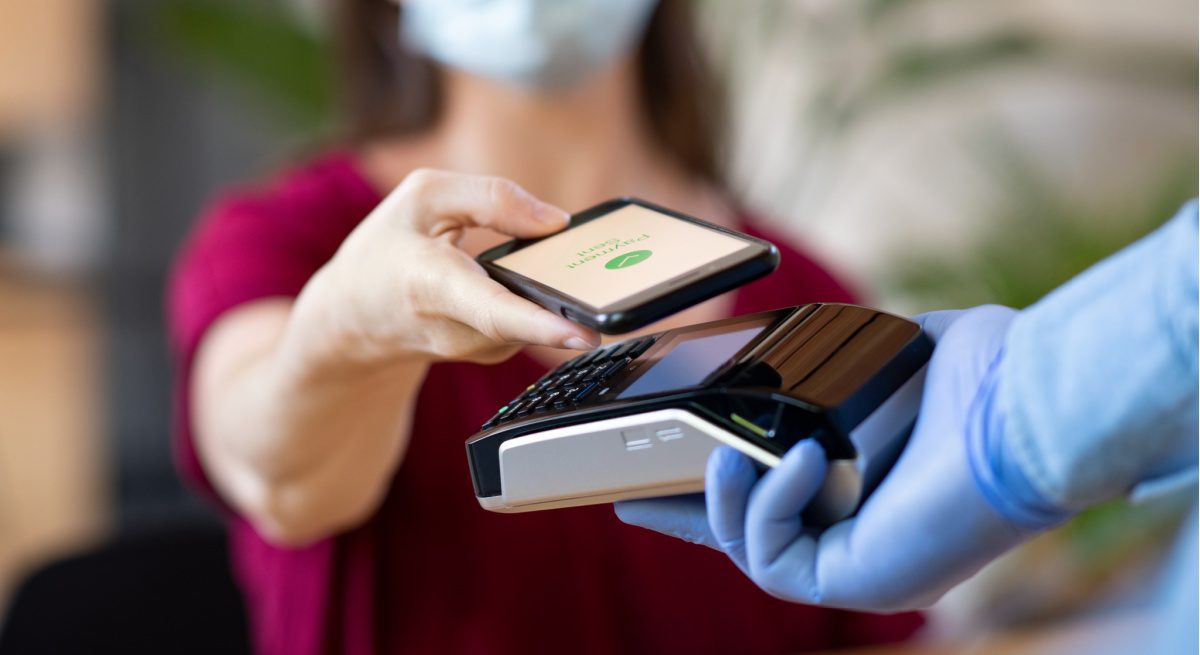Tech Holds the Answers to Reopening Guidelines
3 Min Read By Ryan Yost
As restaurants begin reopening, there are pressing and immediate concerns. However, it’s equally important to also take a long-term strategic approach to the Coronavirus. Both now and for the future, technology can answer many of the question’s managers have surrounding maintaining the health of employees, ensuring the safety of their guests and protecting their bottom line.
Plan Wisely
Explore and plan to implement future-proof technology that will keep guests and employees healthy and safe and the restaurant profitable in the long term. That plan should encompass current mandatory protocols and be scalable to address future concerns as well. Exploring current technology will keep guests and employees healthy and safe now and in the long term will keep the business viable and profitable no matter what the future holds.
Automate to Capture the Upside of Curbside Pickup and Delivery
Both full and quick service restaurants will need to use automation to configure operations to meet the needs of customers who continue to fear enjoying a meal outside their homes. That means curbside pick-up and delivery options will continue to be essential and provide a solid business continuity plan as occupancy rules may shift. With reduced seating mandate, excellent take-out options can make all the difference to the continued success of the restaurant.
Customers long accustomed to extensive labelling on grab-and-go items will insist on the same level of information from restaurants. That means accurate nutrition, ingredient and expiry labeling. Because this is not part of kitchen staff duties, automated labeling is the best option to provide accurate labels in an efficient manner.
For take-out and delivery, the onus is on restaurants to assure customers that the food is safe and continue to meet customer expectations of fresh food delivered quickly and accurately.
To give customers more confidence in food safety, tamper evident labeling offers assurance that their food has remained untouched since leaving the restaurant kitchen.
Protect Premises and Profits with Technology
The most pressing challenges for full-service restaurants will surround maintaining the sanitary conditions of the entire premises, which means every touch point in both the front and back-of-the-house must be cleaned and disinfected continually. Diligently performing these tasks within sight of guests will go a long way to inspiring their confidence in restaurant operations overall.
Everything will come down to employee hygiene and managers must develop clear and strict hygiene rules, specifically: washing hands for at least 20 seconds and using alcohol-based hand sanitizer, wearing a mask or face covering at all times and wearing disposable gloves that are changed several times a day. However, it’s beyond the purview of managers to “eyeball” cleanliness.
Enforcing hygiene rules in the new crisis environment will require additional protocols that help prevent COVID-19 spread as well as foodborne illnesses, such as Norovirus, E-coli, Hepatitis A and Salmonella. Fortunately, the latest hand scanning technology can identify viruses and bacteria which informs associates that they must re-wash their hands, before the dangerous microbes are transferred from their hands to food they are handling and dishes they are serving.
Use Automation to Address Labor Needs and Simplify Processes
The current pandemic is highlighting current and future needs for restaurants to automate solutions in order to both limit labor and simplify processes. Further, COVID-19 has put a spotlight on controlling costs and waste as best practices. Start is by employing RFID to have total inventory visibility so that you can track usage and expiry in order to track minimize waste.
Manual task tracking is error prone and difficult to keep track of. Technology can help – there are cloud based, customizable digital checklist applications for task executions such as cleaning and disinfecting the restaurant. Temperature sensors will track refrigeration to ensure food safety. These solutions store checklist data digitally and make it available for analysis and give visibility to completion and compliance. Eliminating paper logs simplifies kitchen processes and helps ensure sanitation protocols are being followed.
As restaurants continue to navigate re-opening protocols, managers must be razor focused on using automation for present needs and to future-proof their establishments. Technology holds the key to opening their doors safely and profitably.


